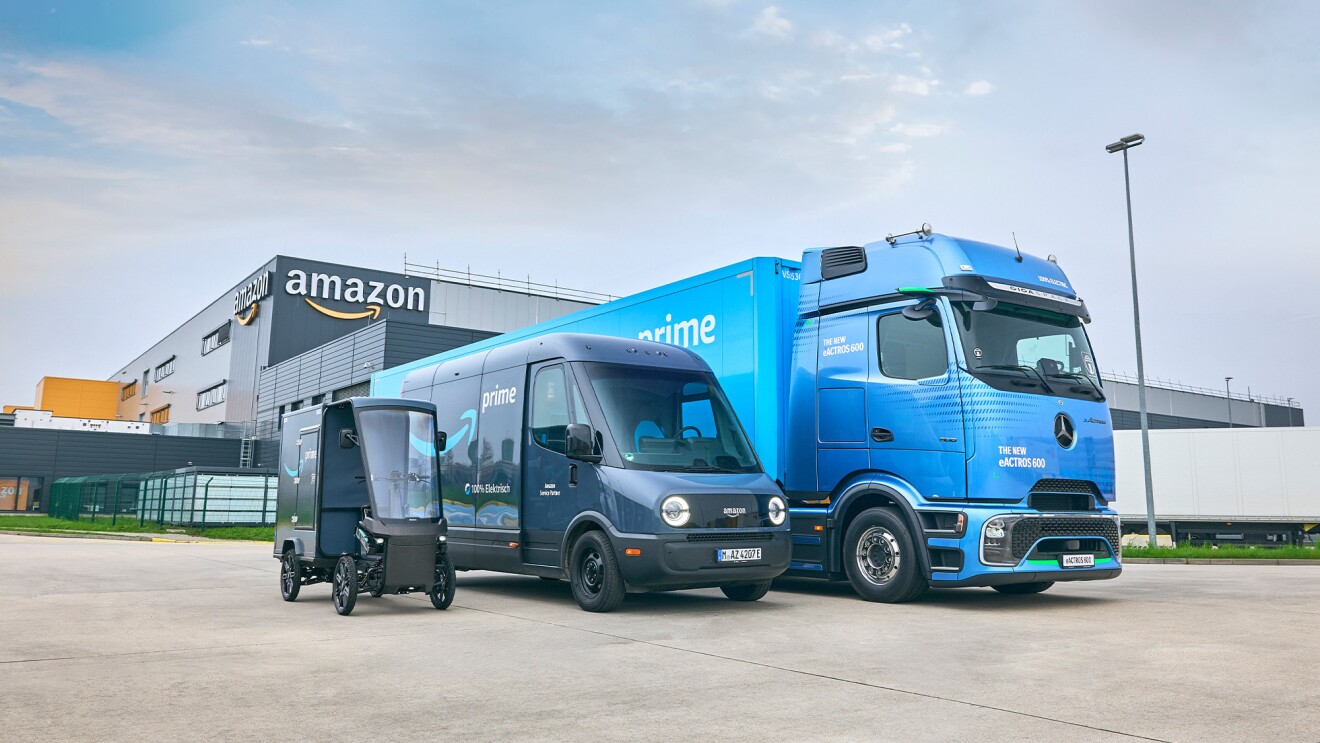Customers migrate workloads from on-premises data centers to AWS for many reasons, including increased agility and innovation, access to our global infrastructure, and cost savings. Moving to AWS is also much more sustainable than on-premises infrastructure, as AWS has always focused on energy efficiency and continuous innovation in our data centers in order to reduce energy usage and increase operational excellence. Our scale allows us to achieve much higher resource utilization and energy efficiency than the typical on-premises data center, and the AWS Global Infrastructure is built on Amazon’s own custom hardware - purpose-built and optimized for workloads run by AWS customers.
According to a new 451 Research report, moving on-premises workloads to AWS can lower the workload carbon footprint by 88% for the median surveyed US enterprise data centers and 72% on average for the top 10% most efficient enterprises surveyed.
AWS’s infrastructure was found to be 3.6 times more energy efficient than the median of surveyed enterprise data centers, with more than two thirds of this advantage due to a more energy efficient server population and higher server utilization. While most enterprises reported being pragmatic or aggressive with their workload consolidation practices, 451 Research found that the average server utilization rate was only about 18%, leaving a significant amount of capacity completely unused. AWS also has early access to the latest server technology and adopts new, energy-efficient server platforms faster than enterprise data centers.
"AWS has a structural advantage stemming from its organizational design, which aligns data center facility and IT teams, engineering expertise, and custom hardware with the cloud business model that helps drive server utilization much higher than is possible for enterprises," said Daniel Bizo, Principal Analyst for Datacenter Services & Infrastructure at 451 Research.
At the same time, more than 75% of respondents said the electrical efficiency of their data center was below 80%, citing outdated or underutilized equipment that does not work well at low load. With comprehensive efficiency programs that cover every aspect of our data centers, AWS’s global infrastructure is also more energy efficient than enterprise data centers, leveraging more robust electrical infrastructure and advanced design techniques to reduce overall energy requirements.
Renewable energy also plays a significant role in reducing our overall carbon emissions, and Amazon will continue to enable new renewable projects as we work towards our goals of achieving 80% renewable energy by 2024 and 100% by 2030.
“Companies want to be seen as responsible corporate citizens, and many have made sustainability commitments and achieved progress in multiple areas of their operations. Yet even with an emphasis on sustainability, running data centers and IT is not a core competency of most enterprises and they lack the resources to make major, comprehensive investments in infrastructure efficiency,” Bizo added. “AWS is making significant investments in efficiency and renewable energy.”
So what does this mean in practical terms? According to 451 Research’s calculations, by migrating the average 1-megawatt enterprise data center with 30% utilization to AWS, a customer could reduce their carbon emissions by 400 to 1000 metric tons per year. 451 Research predicts this carbon benefit to grow in the coming years as AWS continues to take advantage of the latest hardware advancements and further increases our use of renewable energy.
To learn more, read the full report.
Trending news and stories









